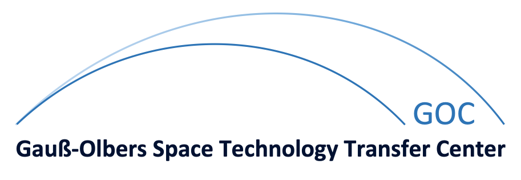Energy Savings in Phantom Cell Concept Heterogeneous Networks
| Autor: | E. Ternon |
| Kurzfassung: | The constantly increasing global amount of wireless traffic is pushing for the deployment of ultra-dense heterogeneous networks. These networks are characterized by the side-by-side deployment of macro cell base stations on the one hand, guaranteeing a ubiquitous coverage to users, and of a large number of small cell base stations on the other hand, providing high capacity and throughput to users. A novel network architecture proposed by NTT DOCOMO in 2012, called the Phantom Cell Concept (PCC), enables users to both connect to a macro cell and to a small cell at the same time, allowing to get rid of the compromise between coverage and capacity traditionally present in conventional heterogeneous networks. Nevertheless, deploying such a large number of small cells can substantially increase the energy consumption of PCC networks, and hence have a significantly detrimental financial and ecological impact on their operation. To be able to cope with these issues, we propose novel energy savings techniques made possible by the PCC architecture, in which unutilized small cells are put into a low energy consumption sleep mode. |
| Dokumenttyp: | Dissertation |
| Veröffentlichung: | Shaker Verlag, ISBN 978-3-8440-5005-9, Bremen, Deutschland, Januar 2017 |
| Dateien: | BibTEX |







